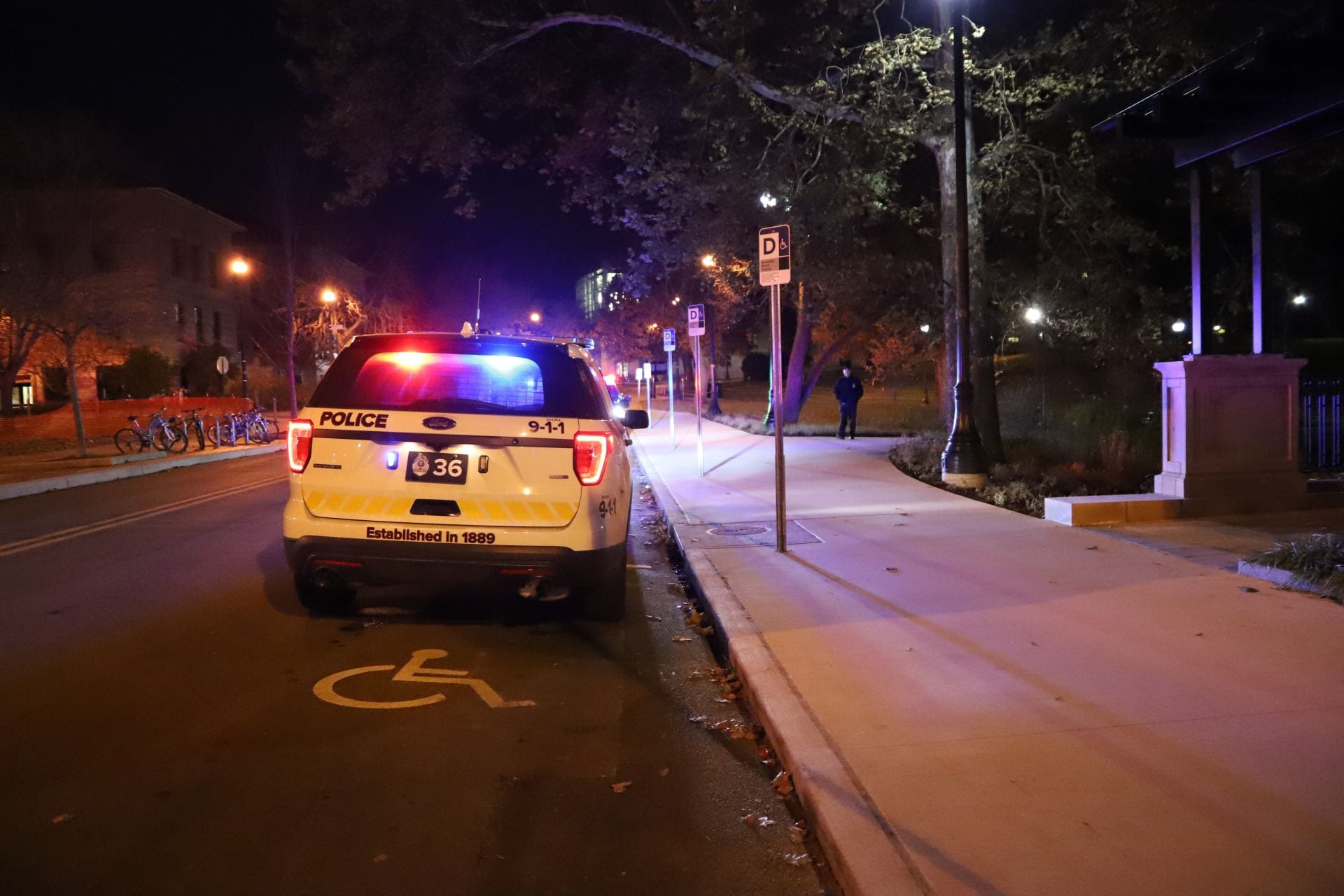Students coming to Ohio State from other states are paying roughly $10,000 more per year to attend OSU, according to the Student Tuition and Fee Schedule.
Residents of the state of Ohio pay a little over $2,000 per quarter in tuition depending on their major. Out-of-state students are paying about $5,500 per quarter – nearly three times the amount of Ohio residents.
The gap between tuition rates partly exists because a large portion of a resident student’s tuition at a state college or university is supported by the taxpayers of that state.
“The admissions office makes an initial residency recommendation, but if a student’s residency is in question, they are declared a non-resident by default,” said Brad Myers, spokesman for the Registrar’s Office.
The difference in tuition rates is nothing out of the ordinary in comparison to the rest of the country, but students seem to run into problems when declaring their residency status.
“I’ve been trying since after my first year at Ohio State (to receive in-state tuition), but it always seems like some tiny detail keeps me from getting it,” said Tony Rose, a junior in economics.
Sometimes Ohio’s residency requirements force students to look elsewhere for a college education.
Jesse Boren, a former student at OSU, left school because he could not resolve the problem with declaring residency.
“Like anything else, I understand the reasons for the tuition difference, but I feel as though the financial counselors at OSU make the process of declaring residency seem a lot more simple than it actually is,” Boren said. “The financial counselor I spoke to basically told me that after I lived here 12 months, I could declare residency. This had a large effect on my decision to come to OSU, and then after I enrolled, all these things came up that hadn’t been explained to me. I felt like I was lied to,”he said.
The requirements for declaring Ohio residency require a person to be financially independent and have lived in Ohio for a consecutive 12 months, according to the Guidelines for Ohio Residency established by the Ohio Board of Regents.
“Generally, everything is based on that 12-month rule, with requirements for out-of-state students based on being self-sufficient,” said Melissa Sponseloer, an analyst for the Ohio Board of Regents. “Most of the time we tell people that residency is determined by the institution that they wish to attend.”
Financial independency not only requires that a student maintain a self-sustaining income, but also means a student cannot receive any financial support either directly or indirectly from anyone outside the state for the12 month period. In addition, students must attend OSU for at least three out of four quarters and cannot leave the state for longer than three consecutive weeks.
“After a year, if you emancipate yourself so that you are no longer relying on your parents and you become essentially self-supporting, you can then opt to gain residency,” Myers said.
An individual can bypass the 12-month rule through an application for instant residency, which can be completed if a student’s parent or legal guardian moves to Ohio during or before the student’s enrollment. Another exception applies to part-time students who also maintain full-time employment.
“If someone comes to Ohio and their primary focus is on employment but they want to pursue a degree part time, the Ohio Legislature has made exceptions for them. They can be determined as Ohio residents for tuition purposes only,” Myers said.


